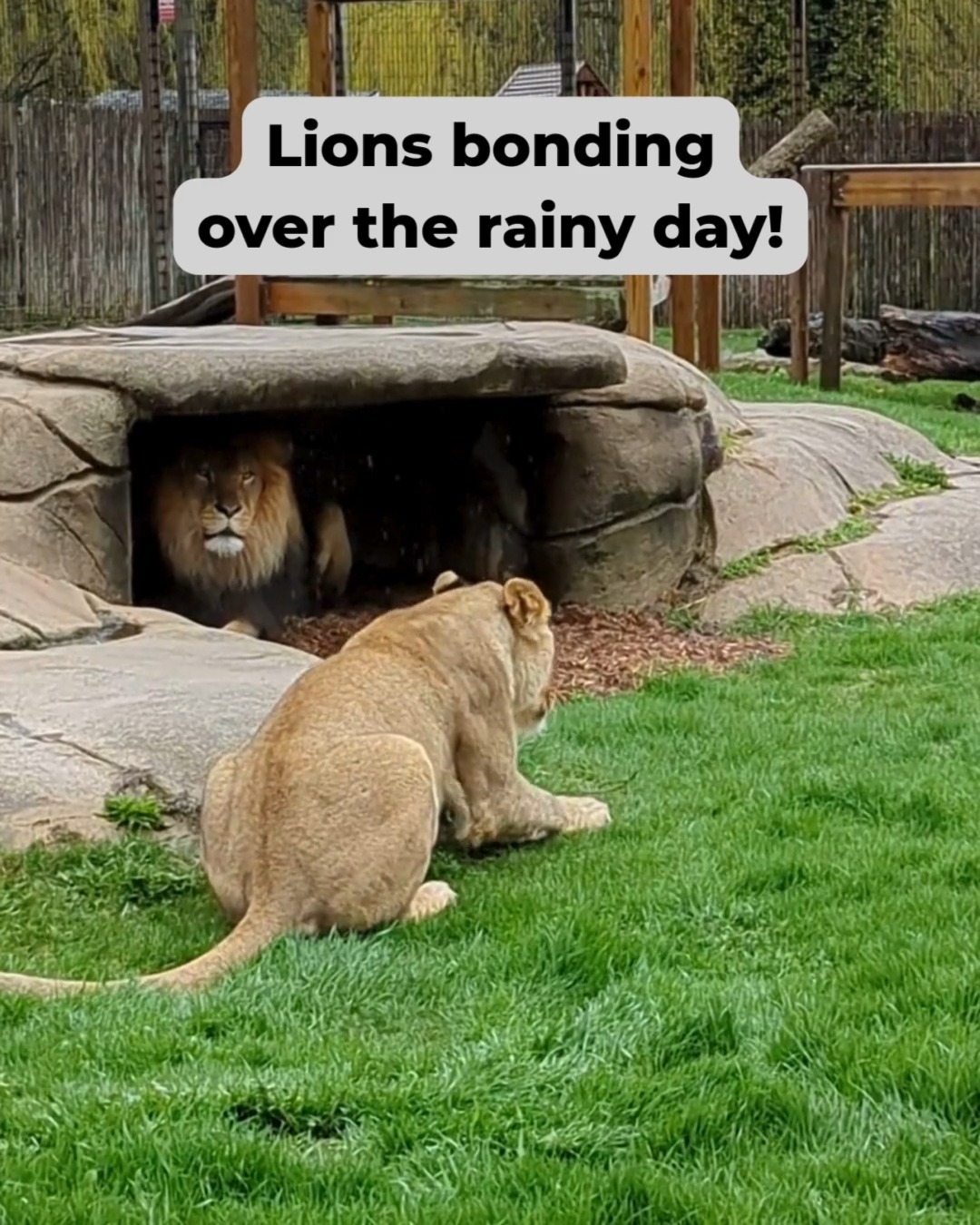- Zoo Management Strategies and Practices
- The Role of Social Media in Wildlife Conservation
- Zoological Insights into Animal Pairings
- Impact of Human Interaction on Zoo Animals
- Conservation Efforts and Education through Zoos
Loid and Anga, highlighted as lookin’ good together, present a fascinating case study in modern zoo management and wildlife conservation. Their pairing offers a glimpse into effective practices in zoology, enriched by the power of social media. This article explores the nuances of zoo management, conservation strategies, and the impact of digital platforms on wildlife awareness.
Zoo Management Strategies and Practices
Managing a zoo is a complex task requiring sophisticated strategies to ensure animal well-being and visitor engagement. A primary focus is creating environments that closely mimic natural habitats, supporting both the physical and psychological health of animals like Loid and Anga. Enclosures are designed to accommodate specific species’ needs, including appropriate space, vegetation, and enrichment activities. These elements are crucial for stimulating natural behaviors, preventing stress, and promoting overall health.
Training and research are at the forefront of zoo management. Staff are equipped with the skills to monitor animal health and respond to behavioral cues. Through constant observation, zookeepers identify and address health issues promptly. Moreover, collaboration with veterinarians and researchers allows for the incorporation of new scientific findings, enhancing animal care protocols. This scientific approach underscores the importance of data-driven management in fostering a thriving zoo environment.
The Role of Social Media in Wildlife Conservation
The viral nature of Loid and Anga’s Instagram presence illustrates the growing impact of social media on wildlife conservation. Social platforms offer a powerful tool for increasing public engagement and awareness. By sharing compelling visuals and narratives, zoos can reach a global audience, educating people about various species and conservation challenges.
Social media campaigns often aim to raise awareness about endangered species and inspire conservation actions. Online content can highlight breeding programs, habitat restoration efforts, and conservation successes. Through interactive posts, videos, and live streams, zoos create an emotional connection between audiences and animals, fostering a sense of responsibility and advocacy for wildlife protection.
Zoological Insights into Animal Pairings
Understanding animal behavior is pivotal in creating successful pairings like that of Loid and Anga. Zoologists consider numerous factors, including compatibility, genetics, and social dynamics. Pairing animals requires careful assessment to ensure harmonious interactions, which can lead to successful breeding and enhanced social behaviors.
Behavioral studies provide insights into communication, mating rituals, and social structures. These studies inform decisions about pairings, aiming for natural and stress-free interactions. Monitoring the pair over time is critical to identifying behavioral changes or potential conflicts, allowing for timely interventions.
Impact of Human Interaction on Zoo Animals
Human interaction plays a dual role in a zoo setting, offering enrichment while posing challenges. Engaging activities, such as feeding demonstrations or educational programs, can stimulate animal cognition and provide diverse experiences. However, excessive human interaction or poorly managed visitor engagement can lead to stress and behavioral changes.
Zoos implement management strategies to balance interaction and privacy. By offering secluded areas and controlling exposure, zoos minimize stress and promote natural behavior. The key lies in training staff to facilitate meaningful interactions without compromising animal welfare. Educational programs help visitors understand animal needs and conservation efforts, fostering a respectful and informed audience.
Conservation Efforts and Education through Zoos
Zoos play a vital role in global conservation efforts. Through breeding programs and habitat restoration projects, they contribute to the preservation of endangered species. Zoos serve as genetic reservoirs, safeguarding species diversity and assisting reintroduction initiatives. Conservation education is another cornerstone, empowering visitors with knowledge and inspiring action.
Educational programs are designed to connect visitors with conservation issues. Through interactive exhibits, talks, and workshops, zoos cultivate an awareness of the environmental challenges facing wildlife. Partnering with schools and environmental organizations extends the reach of these programs, impacting broader communities.
The successful pairing of Loid and Anga embodies the synergy between zoo management, technological engagement, and conservation efforts. By leveraging scientific insights and digital platforms, modern zoos enhance their role as leaders in wildlife preservation and education. This comprehensive approach enriches both animal welfare and public understanding, paving the way for a future where humans and wildlife coexist harmoniously.
*****
Source Description
Loid and Anga are lookin’ good together! 😎


